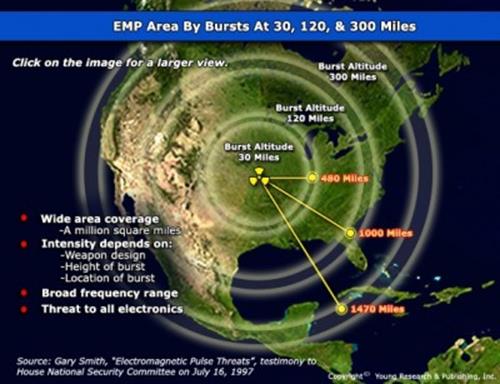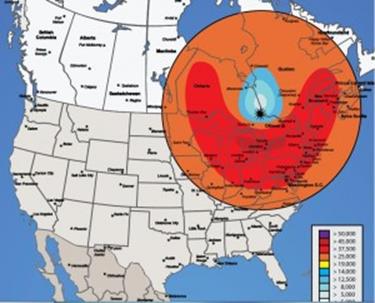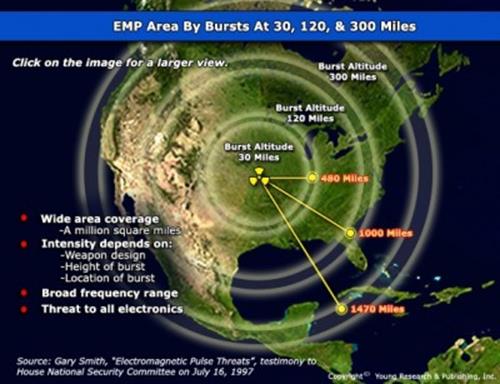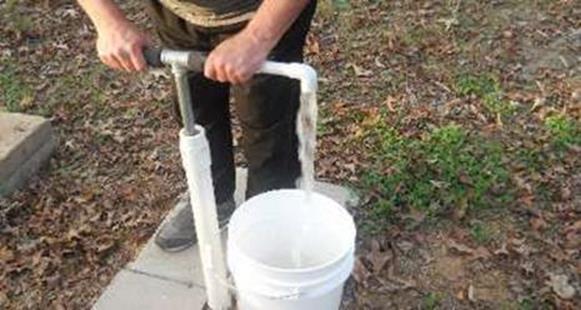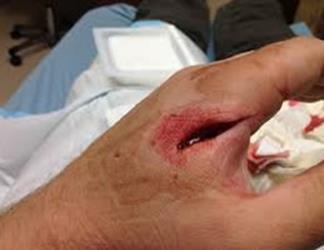Everyone should have a first aid kit somewhere in their house and/or car if possible. However, if you find yourself in extenuating circumstances, there are certain things you should still be prepared to do.
It’s worth pointing out that nothing stated here is an acceptable substitute or a replacement for having proper first aid gear and training. Treating burns, broken bones, or bleeding without proper equipment should be the backup of your backup of your backup plan. That being said, planning for every contingency is just good practice. So if you find yourself in the middle of the woods without your first aid kit, and obvious exits are North, South, and Dennis, here’s what to do.
Stop Bleeding Without Bandages
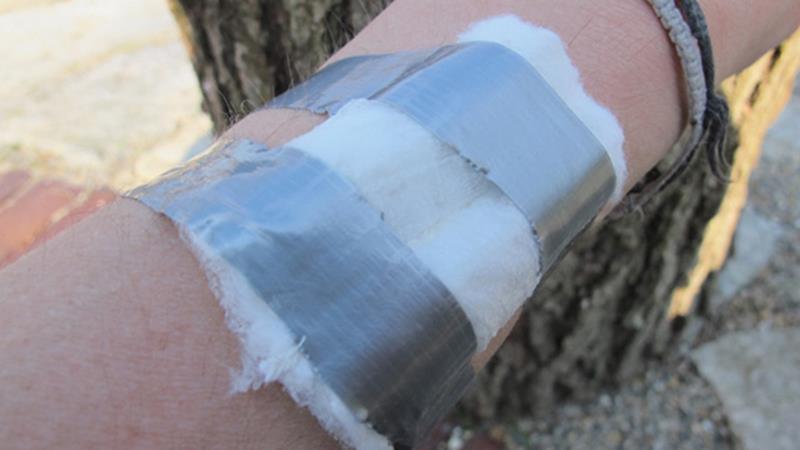
If you’re dealing with smaller cuts and scrapes where blood is flowing, the first order of business is to clean the wound. Wash it off with any clean water source you have available. Next, you’ll want something to soft and absorbent to place on the wound. Paper towels and napkins can do, as well as strips of clothing if they’re clean. It’s important to make sure you don’t infect the wound you just cleaned. For tiny cuts, you can also use super glue to quickly seal the fleshy fissure.
Also, if you’re in a pinch, you can use tampons in place of cotton balls. In what may be one of the most obvious-once-you-think-about-it hacks, tampons happen to be very good at soaking up blood. They’re also useful for nosebleeds if you don’t have any other options laying around.
Once you’ve found a good absorption pad, you can use any form of tape to adhere the pad to the wound. If you don’t have any tape, tie a piece of cloth tightly around the wound. Be careful not to cut off circulation, or make the knot too tight.
For larger wounds, you’ll want to skip cleaning the wound, as it’s more important to stem the loss of blood, rather than preventing infection (though both are important). With heavy blood loss, keep the wound elevated above the heart to slow down the flow, apply an absorption pad or your hands if nothing is available directly to the wound, and use pressure points to slow the flow of blood.
It’s extremely important to know when to use a tourniquet. Using one should be a last resort option as it’s designed to prevent death from loss of blood. Improper or inappropriate use of a tourniquet can result in damage to the cut off portion of a body and, depending on how long it’s on, may even result in the need for an amputation. Keep this in mind before applying one.
Stabilize a Broken Bone
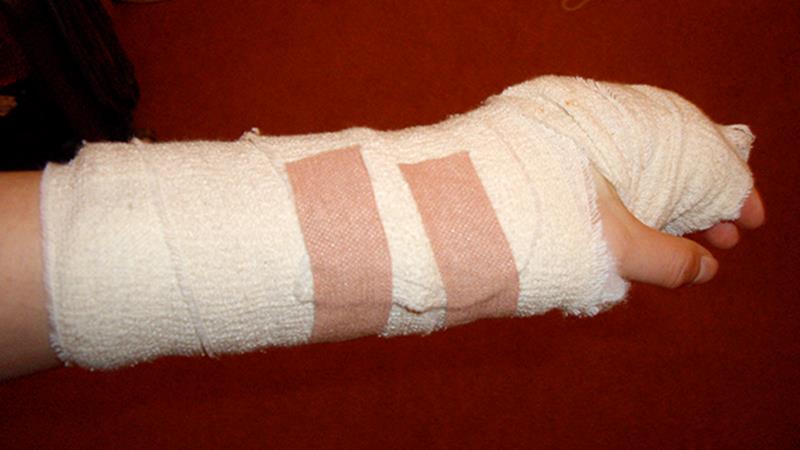
Broken bones can be extremely tricky, because you can cause more damage than you fix if you treat it improperly. For closed broken bones—that is, injuries where a bone is broken, but does not break through skin—the first thing to do is stabilize the wound. Do not try to straighten the bone if you can avoid it. While this needs to be done to heal, the bones inside the body are very sharp and can cut blood vessels, muscles, and cause all manner of nasty damage if you try to set the bone wrong.
Instead, keep the bone steady. Don’t let it move if you can help it. Try to find something to stabilize the bone. If you’re able to keep the person still and wait for help to come to you, try to keep the wound elevated above the heart to help prevent swelling. When you’re far from civilization, you may need to create a splint using straight and sturdy sticks, fastened with rope or fabric to keep bigger breaks steady.
As much as possible, try to ice the break. This will help keep swelling down and prevent further internal damage. Place ice in a bag—never directly on the skin—and keep it on for twenty minutes, then off for twenty. Rinse and repeat. Rinsing optional.
Soothe Burns
For minor burns, the first thing you want to do is cool the affected area. Burns retain a lot of heat (for very obvious reasons) so the first thing to do is reduce the heat before more damage is done. Run the burned region under cool (but not freezing) water.
Once the burn has cooled down, you’ll want to wrap it in something protective that won’t stick. You want to give the burn enough air to breathe and keep any loose fibers or foreign objects from getting in it. Gauze is ideal, but you don’t have any on you, right? In place of that, again paper towels or a clean cloth will work.
For second-degree or higher burns, try to get professional medical help as quickly as possible. Very small second-degree can be managed without help, but anything larger than a couple inches should be treated professionally as soon as it can. If you’re dealing with a chemical burn, also be sure to clean off the burning chemicals. Use like methods to do the cleaning, too. If it’s a dry powder, use a dry brush to clean it off. If it’s a wet chemical, run it under water to rinse it off.
Relieve Pain Without Medication
Pain relief is going to be a very subjective case. Without medication or sedatives, treating pain for things like broken bones won’t be very feasible. For minor pain like headaches or soreness, there are ways to minimize pain, or just generally keep your body healthy enough that it stays out of pain in the first place.
For starters, stay hydrated. It should go without saying, but we need plenty of water to live well. When you don’t get enough fluids, muscles dry out, joints get creaky and your whole body gets tense. Water isn’t a pain reliever in the same way aspirin is, and you can’t just chug a gallon to make your sore back go away, but by getting into the habit, you can reduce long-lasting pain.
Another alternative is copious amounts of vitamin C. Several studies examining cancer treatments found that high concentrations of vitamin C can help reduce pain. Consuming extra vitamin C can sometimes help. A lack of vitamin D can also cause some pain, so look into eating some food rich in vitamin D as well.
Keep in mind, you’re not popping pills to immediately reduce pain, you’re treating underlying causes to make your body more healthy. If you’re in pain, you might be able to get some small relief immediately, but more than anything you’ll be helping your body be in a better condition to feel better overall.
Of course, if you’re reading this now and no one around you is bleeding, in pain, or has broken bones, chances are you have time to prepare properly. There are plenty of guides out there for putting together first aid kits, so take a look at those. Also, the Red Cross offers an app with plenty of emergency first aid instructions and contact information, so download it and keep it handy.
Via: lifehacker
 Follow
Follow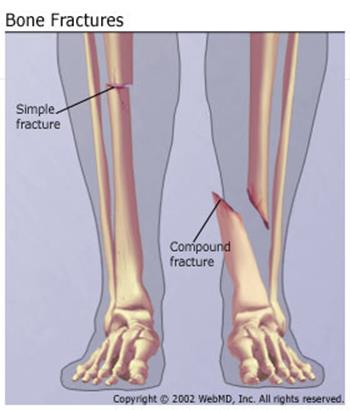
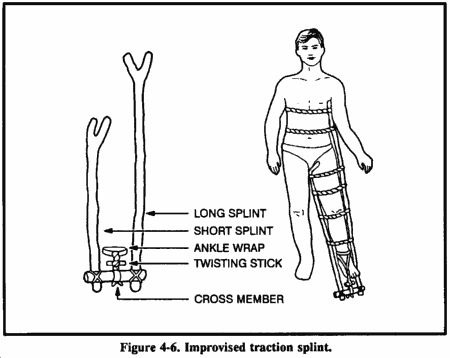
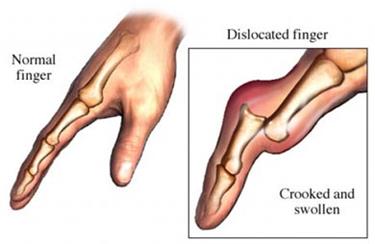 Dislocated bones are when bone joints have been separated. They can be very painful. They can push against nerve and blood vessels causing nerve tenderness and your circulatory system to have trouble.
Dislocated bones are when bone joints have been separated. They can be very painful. They can push against nerve and blood vessels causing nerve tenderness and your circulatory system to have trouble.